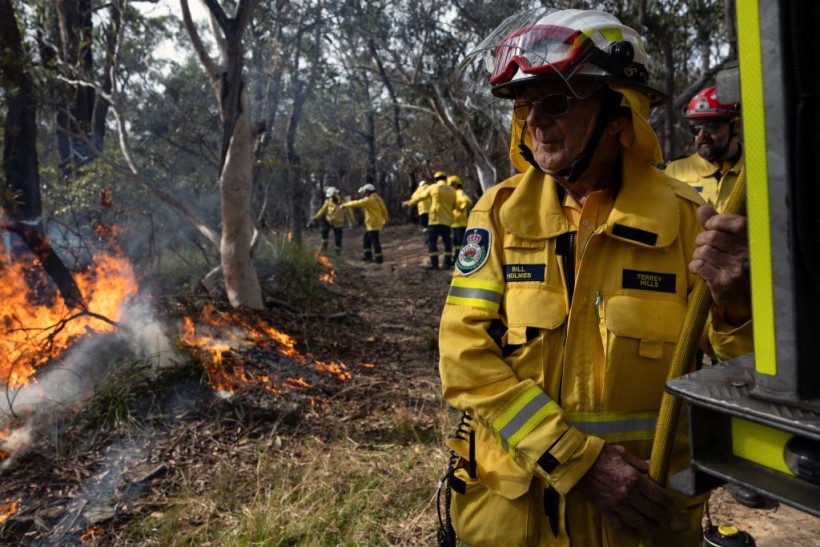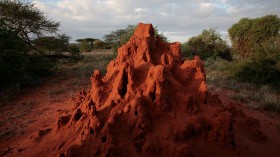Two individuals died and hundreds were evacuated as the government addressed the blazing bushfires in Queensland, Australia, with authorities warning that the situation might worsen.

Fatal Bushfire
A man died in Tara on Tuesday night while protecting his property, while a woman died on Wednesday after suffering cardiac arrest while attempting to evacuate.
The deaths followed those of two firemen in New South Wales (NSW) last week.
A senior volunteer fireman died of a medical episode while on duty in the state's north last week, while another man died while attempting to safeguard his property on the state's mid-north coast.
Authorities earlier this week stated that they suspect three big fires in that area were set intentionally.
According to Queensland Fire and Emergency Services, some 350 people were evacuated from the Tara district, where an out-of-control flame burned more than 11,000 hectares of land and destroyed 16 buildings.
Hundreds of firemen have been working for weeks to put out bushfires blazing in four Australian states: Queensland, Victoria, New South Wales, and the Northern Territory.
"Overnight, we've had some storms come through and it saddens me to report that we've been absolutely peppered in the area with dry lightning that resulted in five new ignitions," said Queensland Rural Fire Service Assistant Commissioner Peter Hollier.
Emergency warnings were issued for Undullah, Mutchilba (near Mareeba), Halliford (near Dalby), and Wieambilla.
Firefighting aircraft were aiding ground crews, and current fire conditions were deemed "ideal for bushfires to ignite and spread quickly", according to Queensland Fire and Emergency Services.
Read Also: Australia Weather Forecast: Bushfire Season, Hotter Weather Likely to Emerge
Worst Bushfire Season
Australia has been on high alert for the threat of bushfires.
This is due to years of rain-driven plant growth that is drying up following the warmest winter on record, as well as an El Nino-affected summer that predicts more hot and dry months.
Authorities have warned that this year's high temperatures and dry winds could result in the worst wildfire season since the "Black Summer" of 2019-2020.
"This is going to go on for a long time," the fire service's acting chief superintendent Warren Buckley said.
He said they are planning for it to go on past Christmas and into early next year as it will be a long campaign until the are get some rain.
The current bushfire season also follows three years of record-breaking floods, which were preceded by the Black Summer bushfires, which were preceded by years of drought.
The world's top climate scientists have warned that unless climate change is addressed urgently, the future will be filled with worsening tragedies.
Temperatures in Queensland reached 42 degrees Celsius on Oct. 25, far exceeding monthly averages. Earlier this week, the region experienced temperatures that were roughly 10 degrees higher than normal.
Man-made carbon pollution and the cyclic El Nino trend are on track to make 2023 the warmest year in human history.
The World Meteorological Organization (WMO) and NASA have already declared this summer to be a record-breaking one in the northern hemisphere.
Related Article: Australia Bushfire Reveals Ancient Water Channel Older than Pyramids in Egypt
Related Video:
© 2024 NatureWorldNews.com All rights reserved. Do not reproduce without permission.





